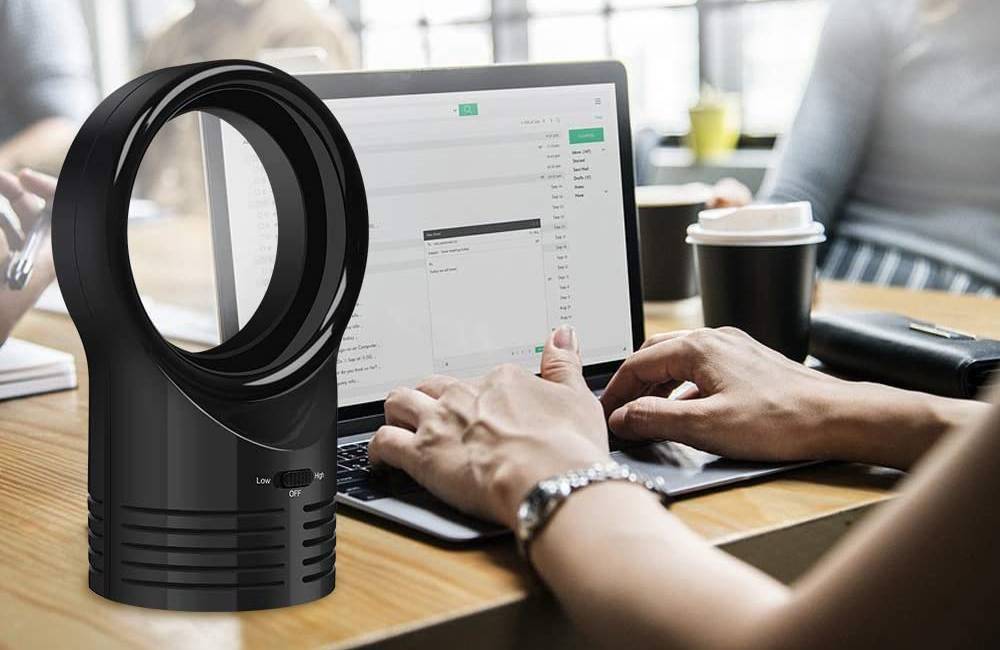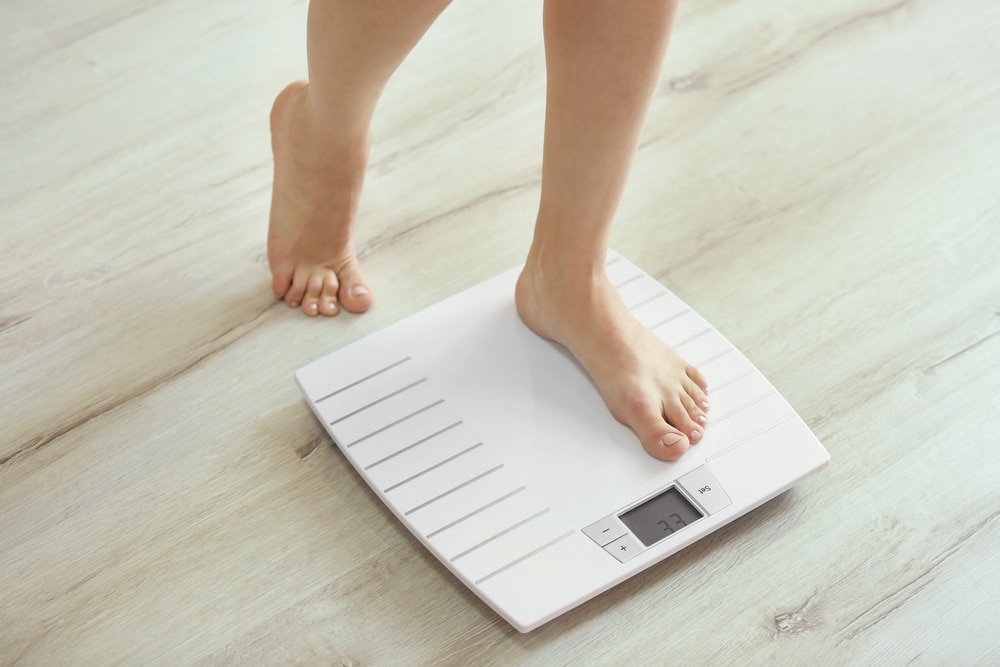Last Updated on
Are you wondering what is the best sleeping position when pregnant?
During pregnancy, a lot of things will change in your life. You’ll crave new types of food, find yourself with less energy, and perhaps sleep a lot more than usual. You must adapt to the proper sleeping position while getting plenty of rest and taking naps before your new family member arrives.
Sleeping on your stomach or back during pregnancy may be dangerous for you and your baby. Certain sleeping positions can also increase your chances of gastrointestinal stress and stomach problems during the night.
So how can you ensure a good night’s sleep?
The Best Pregnancy Sleeping Position
The best sleeping position during pregnancy will always be on your side, particularly during the second half of your pregnancy. Throughout this period, doctors advise sticking by your side to assist in maintaining good blood flow to both you and your unborn child.
If you have trouble with this sleep position, plenty of pregnancy pillows are available to improve your chances of getting a good night’s sleep. In addition, a good pregnancy pillow will often encourage sleeping on your side by allowing you to position your legs and arms more comfortably while, at the same time, supporting your stomach.
Sometimes, investing in a new mattress is also a good idea if you struggle with a good night’s sleep. For example, you may find that sleeping on your side can be tougher if you have a mattress that dips too much when you lie on it.
Sleeping Whilst Pregnant: Which Side Is Best?
There’s some controversy over whether it’s better to sleep on a specific side or not during your second and third trimesters. Some doctors believe that sleeping on your left side is best because the vena cava is located on the right of your spine. Therefore, sleeping on your left side would mean that more blood can flow freely to your baby, which is crucial for good health.
Sleeping on either side will help you avoid the risks associated with sleeping on your back, particularly during the second and third trimesters.
Studies indicate that you may have a higher risk of stillbirth if you still sleep on your back during the late stages of your pregnancy. In addition, late pregnancy stillbirth may be an issue if the artery system that carries blood through your body can’t operate properly.
Furthermore, many propose that sleeping on your left side is ideal because it helps with blood flow. Also, it’s a comfortable sleeping position for people who have trouble sleeping throughout pregnancy. Moreover, pregnant women sleeping on their left side takes the pressure off their liver and kidneys, which means their organs have more room to function.
In some cases, sleeping on the left, in the “maternal sleep position”, is also a good way to reduce swelling in your feet, ankles and hands.
If you sleep on your right side, this isn’t necessarily a bad thing. It might be even better than sleeping on your back. Stomach sleeping is possible during the first trimester, but it’s likely to be one of the less achievable positions during pregnancy when your body begins to change.
How to Make Side Sleeping Work
For improved blood flow and good health, the best sleep position will always be on your side when you’re pregnant. However, if side sleeping isn’t one of your preferred sleep positions, it can be difficult to switch to a new mode of resting suddenly.
As a pregnant woman, you will have a few options available to help you sleep more successfully on your side, whether your right or left side. For instance, you can use a pillow in between your legs to help eliminate back pain and give you fewer joint issues when you’re snoozing.
Keep in mind that learning how to sleep on your side will also be good for you after pregnancy, thereby making it one of the overall best sleeping positions. Furthermore, sleeping on your side is ideal if you usually have issues with low blood pressure when you fall asleep or you’re worried about sleep apnea.
As your pregnancy progresses and you have an increased risk of low blood flow and fetal growth restriction when sleeping on your back, you can invest in a special pregnancy pillow. These pillows are often available in U and C shapes and often hug your body to help you stay on whichever side you’ve chosen once you fall asleep.
During the third trimester, if you’re still having issues sleeping on your side, you can speak to your doctor and ask them to provide medical advice on what you can do. Your doctor can give you more information on sleep positions during pregnancy. In some cases, they can also give you sensors and trackers that will help you to collect personal data about your sleeping patterns.
If you struggle with side sleeping, your doctor might recommend elevating your upper body, so you’re not going to sleep completely flat. Such placement will help to reduce fetal vulnerability and minimise the pressure on your lower body and circulation.
What Happens if You Sleep on Your Back While Pregnant?
It’s easy to get concerned if you have read about the dangers of sleeping on your back while pregnant. You’re likely to be worried about your risk of stillbirth or other pregnancy complications if you wake up one night and notice you’ve been on your back.
It’s very difficult to ensure you’ll stay in one position all night when you’re unconscious. As you get closer to your due date, it’s best to get advice from a healthcare professional on using extra support to keep you from accidentally sleeping on your back. Using pillows and special sleeping equipment to prop yourself up can help reduce your inferior vena cava (blood) pressure.
Keep in mind that other factors can affect the risk of harm to your baby, and sleeping on your back occasionally may not be a reason to panic. Switch positions as soon as you can after you wake up and take extra steps to make sleeping on your side your most comfortable position going forward.
Having pillows behind you when you’re sleeping will mean it’s less likely you’ll be able to roll onto your back and potentially harm the baby. This may be particularly important if you’re the kind of person who won’t generally wake through the night.
Which Sleeping Positions Should Be Avoided During Pregnancy?
For your health and the health of your baby, it’s best to focus on sleeping on your side when possible. However, many doctors will allow you to sleep on your stomach for as long as this is still comfortable. Although this isn’t the best position for your baby, it shouldn’t cause any harm through poor blood flow.
If you struggle to achieve the best position during sleep (on your side), and you can’t get enough sleep on your stomach, you might need to look into ways of propping yourself up during sleep.
Experts largely recommend that any pregnant woman should avoid sleeping on their back during pregnancy. This is because the dangers of this position become even more significant further along in your pregnancy you get.
If you’re struggling with getting to sleep in the right position, seek professional medical advice on protecting yourself and your baby from any risks that occur due to the wrong sleeping positions. You can often get special pillows, prop yourself up, and use various other strategies to reduce the risk.
Even if switching to a new position is a little uncomfortable during the first couple of nights or weeks, it’s well worth the effort for the sake of your child and to prevent any unwanted complications.
Getting Enough Sleep During Pregnancy
Getting the right amount of sleep during pregnancy is crucial to the healthy development of your child. However, it’s important to remember that some positions are better for your baby than others. If you generally sleep on your back, it’s best to practice sleeping on your side, particularly the left side, as often as possible when you first get pregnant.
During the early stages of your pregnancy, you can still sleep on your back from time to time with minimal risk, but you will need to avoid this in the later trimesters whenever you can.
Lastly, never hesitate to ask for help and try not to worry too much. Aside from using the right position, having a clear mind can give you better sleep.
Rebekah is a writer who loves to explore new products and find hacks that make life easier. She has a knack for all things home improvement, health and fitness. So you’ll often find her on Pinterest or browsing Houzz for ideas.
She’s always looking for the next thing to fix up around the house or what gadget might be just right for her lifestyle. Rebekah enjoys exploring new recipes, taking care of her family, and making sure she stays healthy with regular workouts at the gym.



